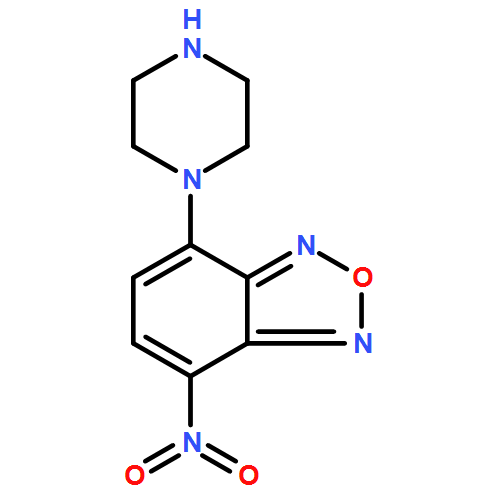BASIC PARAMETERS Find an error
Poly(pentafluorophenyl acrylate)-block-poly(N-isopropylacrylamide) (PPFPA-b-PNIPAM) is synthesized by reversible addition-fragmentation chain transfer (RAFT) polymerization. Light-responsive moieties of ortho-nitrobenzyl (ONB)-protected diamine are partially introduced to the PFPA moieties via postpolymerization modification. The amphiphilic block copolymers are assembled into micelles in water. The ONB-protected diamine group in the micelle core is released upon UV irradiation, which subsequently induces an in situ cross-linking by a spontaneous reaction with the remaining PFPA groups in the core and yields stable cross-linked micelles. Micellization of the copolymers is confirmed by dynamic light scattering (DLS) and transmission electron microscopy (TEM). 4-Nitro-7-piperazino-2,1,3-benzoxadiazole (NBD) and pyrene are loaded in the core of cross-linked micelles to demonstrate the possibility for additional post-functionalization of residual PFPA moieties and hydrophobic molecule encapsulation, respectively. It is anticipated that these micelles can be alternative cargos for incorporating active compounds that may be useful for advanced applications. © 2015 Wiley Periodicals, Inc. J. Polym. Sci., Part A: Polym. Chem. 2015, 53, 1103–1113


